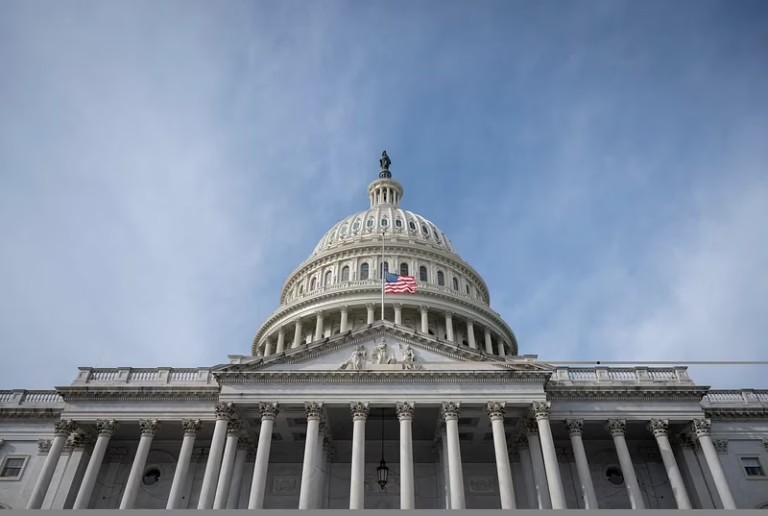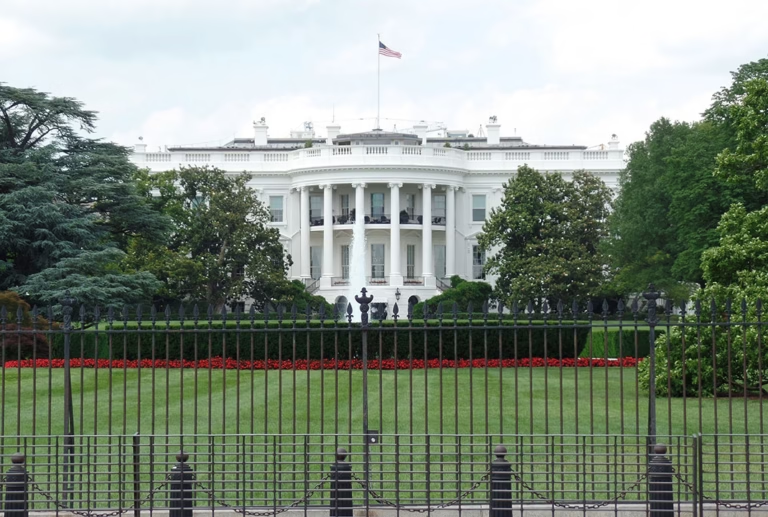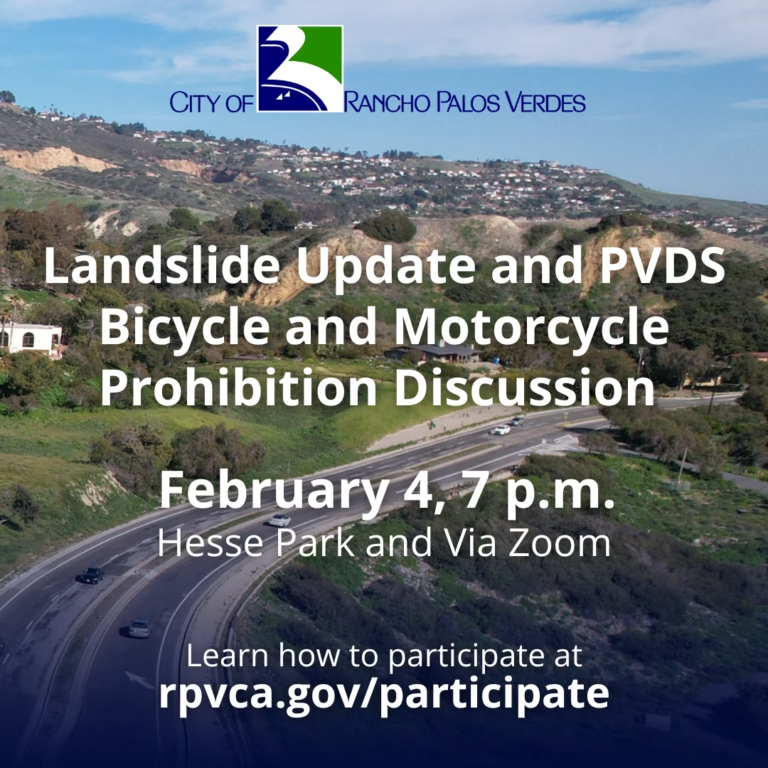WASHINGTON, D.C. — U.S. Senators Alex Padilla and Adam Schiff (both D-Calif.) Feb. 3 joined U.S. Senate Democratic Whip Dick Durbin (D-Ill.) and all other Senate Judiciary Committee Democrats in demanding answers from Trump Administration nominees and acting officials on the removal or reassignment of career law enforcement officials across the Department of Justice or DOJ and the Federal Bureau of Investigation or FBI.
Last week, the Trump Administration reportedly purged dozens of DOJ and FBI officials involved in prosecuting Donald Trump and the Jan. 6 rioters, and they are now threatening additional action against thousands of employees across the country who worked on investigations related to the attack on the Capitol. The Senators wrote to Pam Bondi, President Trump’s nominee to be the Attorney General of DOJ; Kash Patel, nominee to be the Director of the FBI; Todd Blanche, nominee to be Deputy Attorney General; Acting Attorney General James McHenry; and Acting FBI Director Brian Driscoll regarding the mass purging.
“We have grave concerns about the removal or reassignment across the Department of Justice (DOJ) and Federal Bureau of Investigation (FBI) of senior career civil servants who have served honorably under multiple administrations, regardless of the President’s party,” wrote the Senators. “The removals and reassignments from their positions of a significant number of experienced, nonpartisan Department officials with invaluable national security expertise without any comparable replacements one day into the second Trump Administration presents an alarming threat to national security.”
“As America faces a heightened threat landscape, these shocking removals and reassignments deprive DOJ and the FBI of experienced, senior leadership and decades of experience fighting violent crime, espionage, and terrorism,” continued the Senators. “As the FBI Agents Association stated in response to reports about the removal of FBI officials: ‘Dismissing potentially hundreds of Agents would severely weaken the Bureau’s ability to protect the country from national security and criminal threats and will ultimately risk setting up the Bureau and its new leadership for failure.’ Moreover, the firing of dozens of federal prosecutors and hundreds of agents will cripple FBI field offices and U.S. Attorney’s offices across the country. We can only assume these decisions are intended to prevent the Department from investigating national security and public corruption, while also serving as political retribution against the President’s perceived enemies and stoking fear among the dedicated and talented workforce in our nation’s premier law enforcement agency.”
As many as 20 senior DOJ officials were reassigned or removed, including the veteran career deputy assistant attorneys general in the Department’s National Security Division.
Over the weekend, thousands of FBI personnel across the country were asked to complete a questionnaire by today, Monday, February 3, at 3 p.m. The survey asks for their job title, whether they worked on a case related to the January 6th attack on the Capitol, “if they were involved in the arrest of a Jan. 6 suspect, if they testified at a trial, if they interviewed witnesses, if they conducted surveillance on suspects and more.” It has also been reported that the Acting FBI Director is being advised by an advisory committee comprised of partisan political operators, including an Elon Musk affiliate. This is a stark departure from the longstanding tradition that the FBI Director is the only political appointee in the Bureau.
The purge of experienced career prosecutors and agents has recently expanded to include the removal or forced retirement of all six executive assistant directors (EADs), including the EADs who oversee the National Security Branch, Intelligence Branch, and the Criminal, Cyber, Response, and Services Branch. It also includes the assistant Directors and the Special Agents in charge of at least four major field offices. Acting Deputy Attorney General Emil Bove ordered these actions in a January 31, 2025 memo, stating, “I do not believe the current leadership of the Justice Department can trust these FBI employees to assist in implementing the President’s agenda faithfully.”
Additionally, over a dozen senior DOJ prosecutors were fired after receiving memos from Acting Attorney General McHenry, stating “Given your significant role in prosecuting the President, I do not believe that the leadership of the Department can trust you to assist in implementing the President’s agenda faithfully.”
The Senators emphasized that the Senate Judiciary Committee has a constitutional obligation to perform oversight over the Department and its components, and to provide advice and consent on the nominations of officers to lead it. To that end, they requested information to be returned to the committee in response to the removal of FBI and DOJ officials. They also requested answers from these individuals about their involvement.
In addition to Senators Padilla, Schiff, and Durbin, the letters were signed by U.S. Senators Richard Blumenthal (D-Conn.), Cory Booker (D-N.J.), Chris Coons (D-Del.), Mazie Hirono (D-Hawaii), Amy Klobuchar (D-Minn.), Peter Welch (D-Vt.), and Sheldon Whitehouse (D-R.I.).
Full text of the letter to Attorney General nominee Pam Bondi is available here.
Full text of the letter to FBI Director nominee Kash Patel is available here.
Full text of the letter to Deputy Attorney General nominee Todd Blanche is available here
Full text of the letter to Acting Attorney General McHenry and Acting FBI Director Driscoll is available here.
To view the release online, click here.












